BOSTON—For a long time, the “joint” in the Joint Mathematics Meetings—the annual math professional meeting held each January, known as the world’s largest mathematics gathering—referred to the two organizations that owned the event: the American Mathematical Society and the Mathematical Association of America. Many attendees were members of at least one of the organizations—and often only one. But the community’s understanding of “joint” changed in late 2018 when the two organizations, in carefully worded emails, posts and tweets, announced their conscious uncoupling.
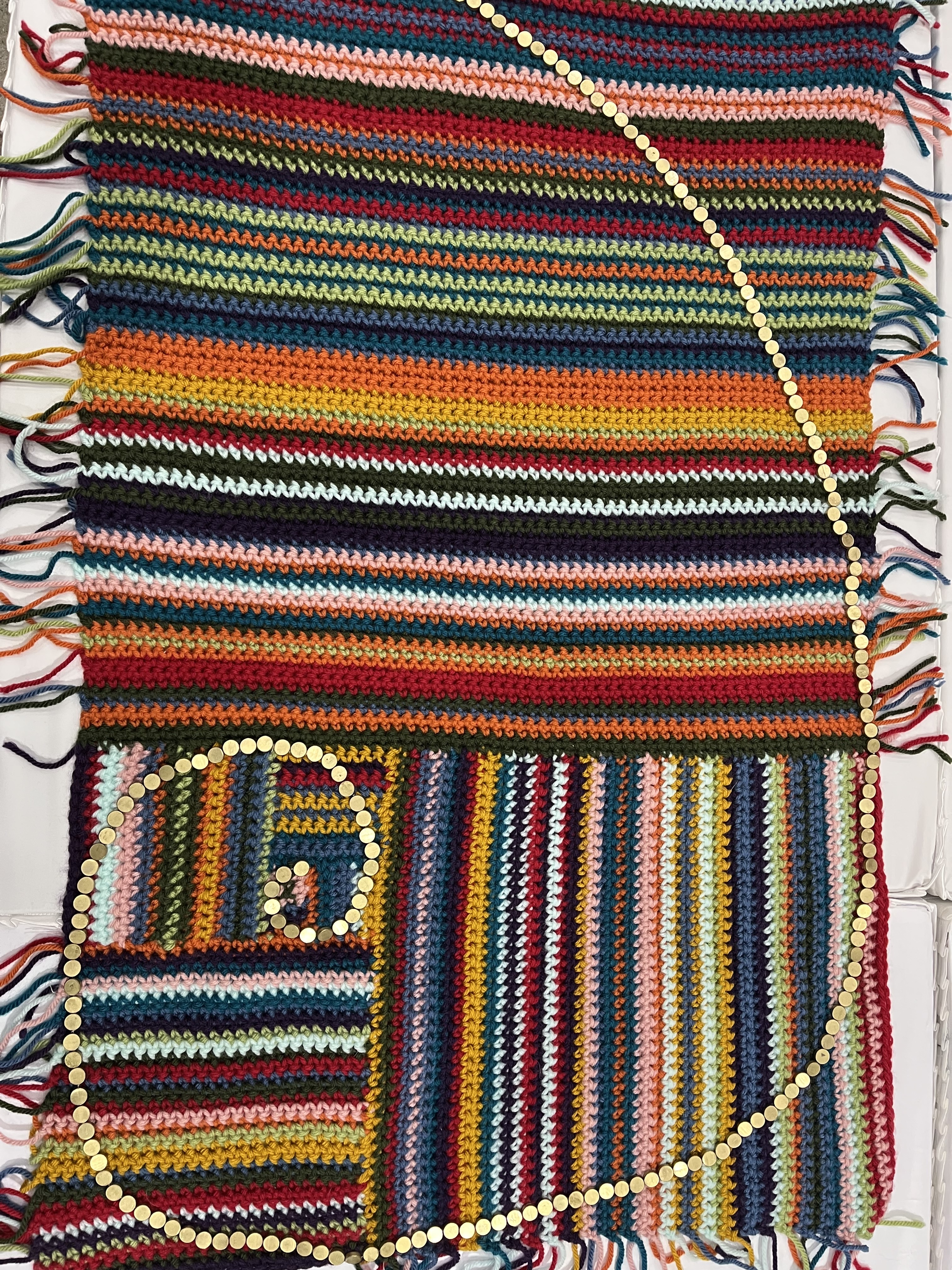 “The [Mathematical Association of America] and the [American Mathematical Society] have shared management, and equally contributed to the programming, of the Joint Mathematics Meetings (JMM) since 1998. Through extensive discussions over the last five years, MAA and AMS have agreed the collaboration no longer meets the needs of our organizations and will change following JMM 2021,” the message read.
“The [Mathematical Association of America] and the [American Mathematical Society] have shared management, and equally contributed to the programming, of the Joint Mathematics Meetings (JMM) since 1998. Through extensive discussions over the last five years, MAA and AMS have agreed the collaboration no longer meets the needs of our organizations and will change following JMM 2021,” the message read.
In short, since 2022, the Mathematical Association of America has no longer shared management of the Joint Math Meetings. Instead, it now holds its national meetings activities at the much smaller, more intimate summer event known as Mathfest. The American Mathematical Society, which has assumed ownership of the Joint Math Meetings, has reimagined the word “joint” by inviting more than a dozen partner organizations, including the American Statistical Association, to offer programming.
Most Popular
The official reason for the separation was financial, as the conference’s old business model resulted in an overall revenue loss for the Mathematical Association of America, according to the association. But the split also coincided with flashpoint discussions about diversity, equity and inclusion within the mathematics community. On this note, the American Mathematical Society, which is largely focused on mathematical research, fared less favorably than its former partner, which is largely focused on mathematical teaching.
At last week’s Joint Mathematics Meetings in Boston—the first one in person since the split—mathematicians exhibited traits like those of children of divorcing parents. Some were unfazed by the split. Others were concerned but moved forward with cautious optimism about the new reality. And some who had always attended in the past but had unresolved differences with the meetings’ sole owner headed to Boston to meet with mathematician friends and colleagues—but did so without entering the convention center.
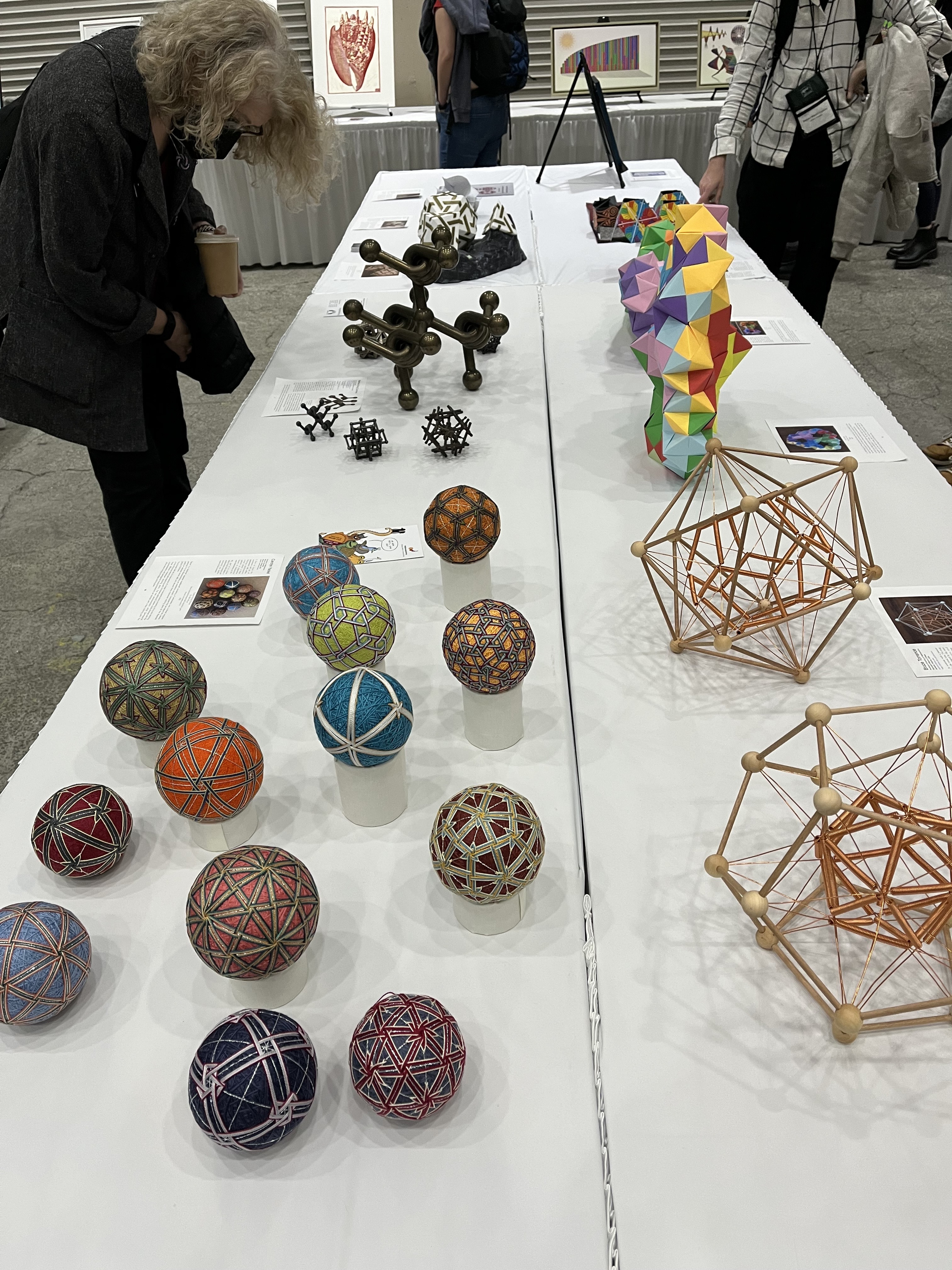 “For me, [not attending the Joint Math Meetings] is partially about the Abigail Thompson letter, but it’s also about it not being a welcoming place for me,” said a gay mathematician who requested anonymity, citing concerns for his physical safety. “I’m going to Boston because I’m having some JMM-adjacent meetings, but I won’t attend the JMM.” (The reporter is aware of at least one mathematician who has been threatened with violence for their stance on diversity, equity and inclusion within the math community.)
“For me, [not attending the Joint Math Meetings] is partially about the Abigail Thompson letter, but it’s also about it not being a welcoming place for me,” said a gay mathematician who requested anonymity, citing concerns for his physical safety. “I’m going to Boston because I’m having some JMM-adjacent meetings, but I won’t attend the JMM.” (The reporter is aware of at least one mathematician who has been threatened with violence for their stance on diversity, equity and inclusion within the math community.)
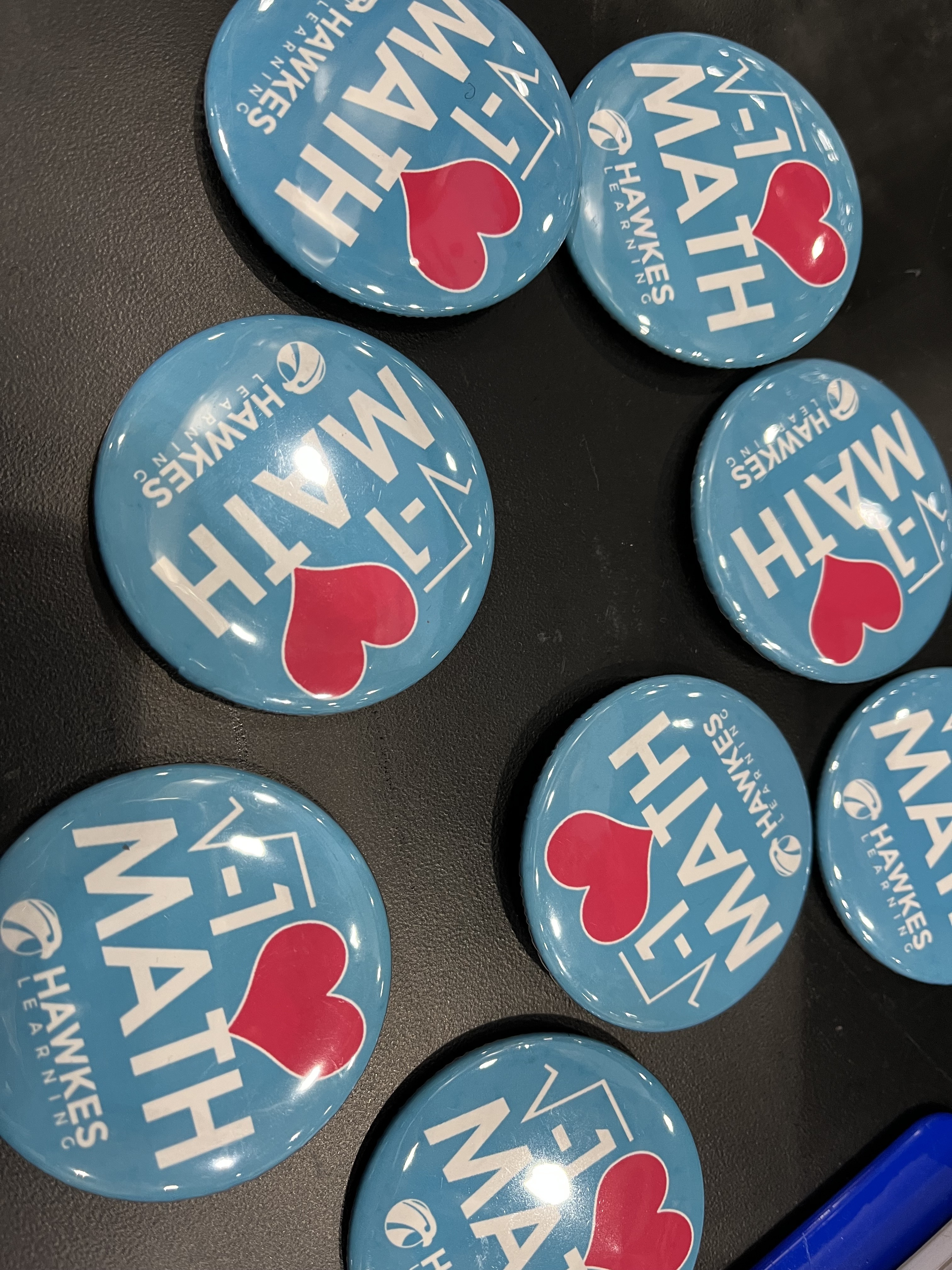 The individual was referencing an article, “A Word From Abigail Thompson … a Vice President of the AMS,” that was published in a late-2019 issue of the Notices of the AMS and divided the math community at the time. Thompson, professor of mathematics at the University of California, Davis, argued against mandatory diversity statements in her state university system’s hiring processes, which she described as a “political litmus test” akin to McCarthyist “loyalty oaths” of the 1950s disavowing Communism.
The individual was referencing an article, “A Word From Abigail Thompson … a Vice President of the AMS,” that was published in a late-2019 issue of the Notices of the AMS and divided the math community at the time. Thompson, professor of mathematics at the University of California, Davis, argued against mandatory diversity statements in her state university system’s hiring processes, which she described as a “political litmus test” akin to McCarthyist “loyalty oaths” of the 1950s disavowing Communism.
At the time, hundreds of mathematicians around the country celebrated Thompson’s article for pushing back against what they saw as an intrusion of politics into an otherwise neutral discipline. Hundreds of other mathematicians criticized the article for what they saw as upholding the field’s overwhelmingly white, male community.
Those signatories who opposed diversity statements were “overwhelmingly inferred to be tenured white men at highly research-intensive universities,” according to a statistical analysis from the Quantitative Study of Diversity, Equity, and Inclusion in Mathematics. Public stances mathematicians have made concerning diversity, equity and inclusion in the math community may be viewed on a data dashboard compiled from publicly available information by the same organization.
Related Stories
Fewer than 1 percent of math doctorates, for example, were awarded to African Americans in the year Thompson’s article was published. For every woman who is awarded a math doctorate, more than two men are awarded the degree. (Disclosure: The author is a mathematician with a track record of efforts aimed at diversifying the math community. She is a member of both the Mathematical Association of America and American Mathematical Society.)
Another mathematics professor at a liberal arts college who has served on the American Mathematical Society Council spoke on the condition of anonymity, as she was not authorized to speak in that capacity. This individual supported Thompson.
“I have a vision of a math community in which there would be all different kinds of people contributing in different ways,” this professor said. “There would be outstanding researchers who are totally focused on their research. There would be incredible teachers with all kinds of innovative ideas. There would be people focused on social justice who are totally focused on increasing the diversity of the community … and they would all accept and respect the others rather than saying, ‘You have to be of my type to be a real mathematician.’ I don’t want researchers to say that if you are not doing good research, you are not a real mathematician … I don’t want people who are fighting for social justice to say, ‘Well, if you’re not fighting for social justice, then you are against social justice.’”
But some mathematicians are unsatisfied when conversations about broadening participation in the math community are relegated to special sessions at the Joint Math Meetings. These individuals are quick to point out that such an approach has a limited impact since they draw those who are already versed on the topic.
A popular mathematician blogger known as Piper H, for example, wrote a 2019 post on the American Mathematical Society’s inclusion/exclusion blog under the headline “A Challenge for JMM2020” that called on mathematicians to organize under the hashtag #DisruptJMM. In another post published earlier this month, “Disrupting JMM 2023,” she renewed the call. (The blog is no longer sponsored by the American Mathematical Society.)
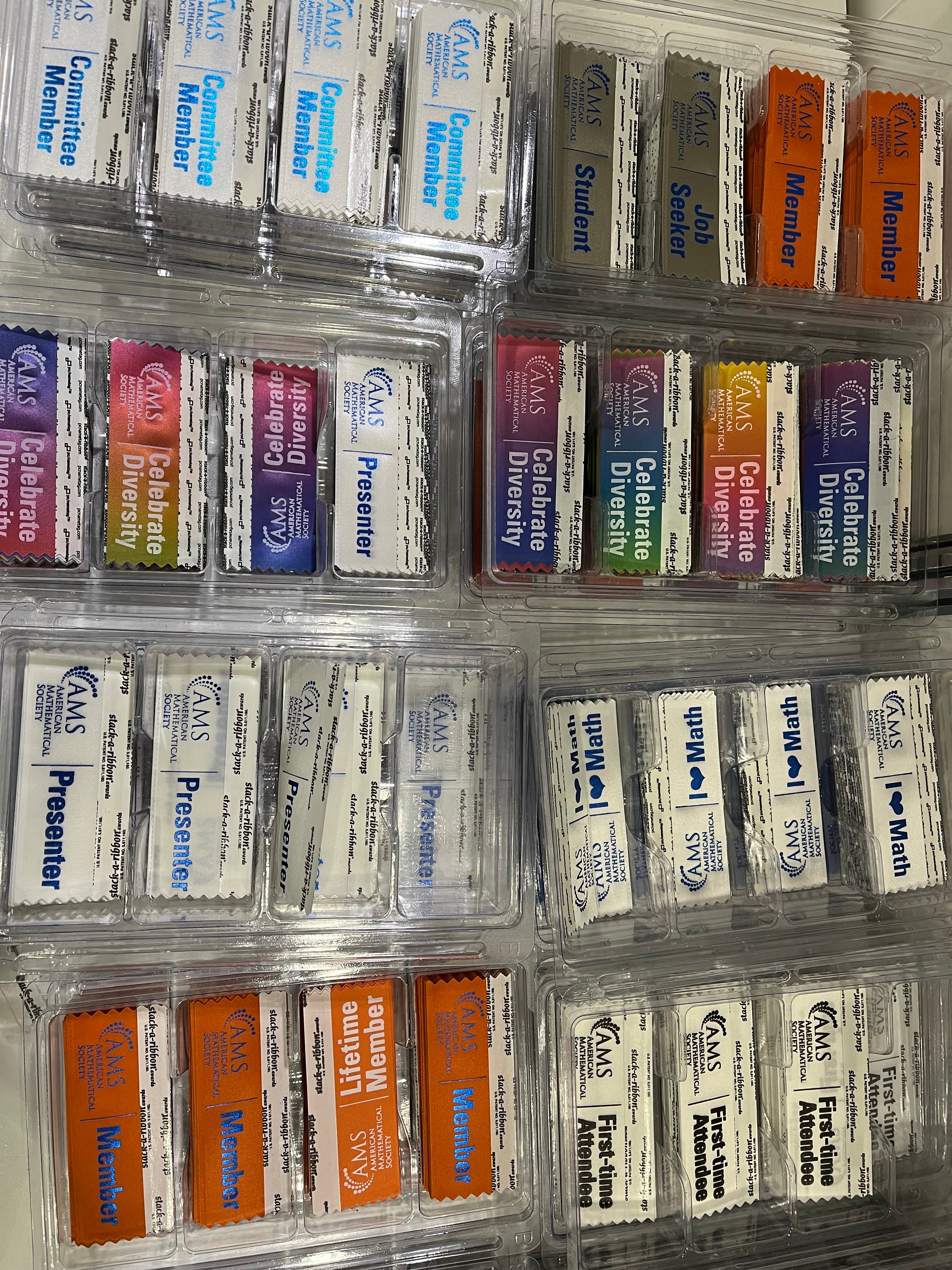 “They have decided that allowing us our own sessions and panels is sufficient, as though the issues of oppression are only relevant to a small portion of us,” H wrote. “All of us must face the ways our incentivized indifference is hurting others and ourselves. Since the mainstream mathematician has repeatedly refused to hear our voices where we’re allowed to be, we must bring our voices to them, wherever they are.”
“They have decided that allowing us our own sessions and panels is sufficient, as though the issues of oppression are only relevant to a small portion of us,” H wrote. “All of us must face the ways our incentivized indifference is hurting others and ourselves. Since the mainstream mathematician has repeatedly refused to hear our voices where we’re allowed to be, we must bring our voices to them, wherever they are.”
H’s original message was directed at both the society and the association, as both organizations were responsible for the JMM at the time. H called on mathematicians who were giving talks “to open with a #DisruptJMM slide including a brief statement of solidarity and/or a shout-out to a relevant cause.” Many mathematician speakers at the JMM 2020 participated, and the #DisruptJMM hashtag showed up in thousands of posts on Twitter during the 2020 meetings and in the intervening years, up through and including the meetings in Boston, according to Rachel Roca, a Ph.D. student at Michigan State University. Roca gave a talk at this year’s meetings based on qualitative research she conducted with colleagues indicating that the hashtag helped launch a social movement.
In H’s recent post renewing her call to #DisruptJMM for the 2023 meetings, she described feeling “less fire and more desperation” and questioned whether those who have been historically marginalized in the math community would be able to feel comfortable in Boston.
By its own account, the American Mathematical Society made missteps. In 2021, the society announced a new fellowship named “Fellowship for a Black Mathematician,” which drew widespread criticism from many in the community because, unlike other fellowships that were named for specific individuals, this was not originally named after a specific Black mathematician. The society later apologized for its insensitivity and for causing hurt and anger and renamed the fellowship the Claytor-Gilmer Fellowship in honor of mathematicians Gloria Ford Gilmer and William Schieffelin Claytor.
Also, when the 2022 International Congress of Mathematicians had been scheduled to take place in Russia, the American Mathematical Society initially planned to attend. Some math community leaders wrote to the society as early as 2018, urging it to reconsider, given that the country’s anti-LGBTQ laws posed a safety threat to some mathematicians. The society was slow to respond, though it ultimately canceled its participation in February 2022, just before Russia declared war on Ukraine.
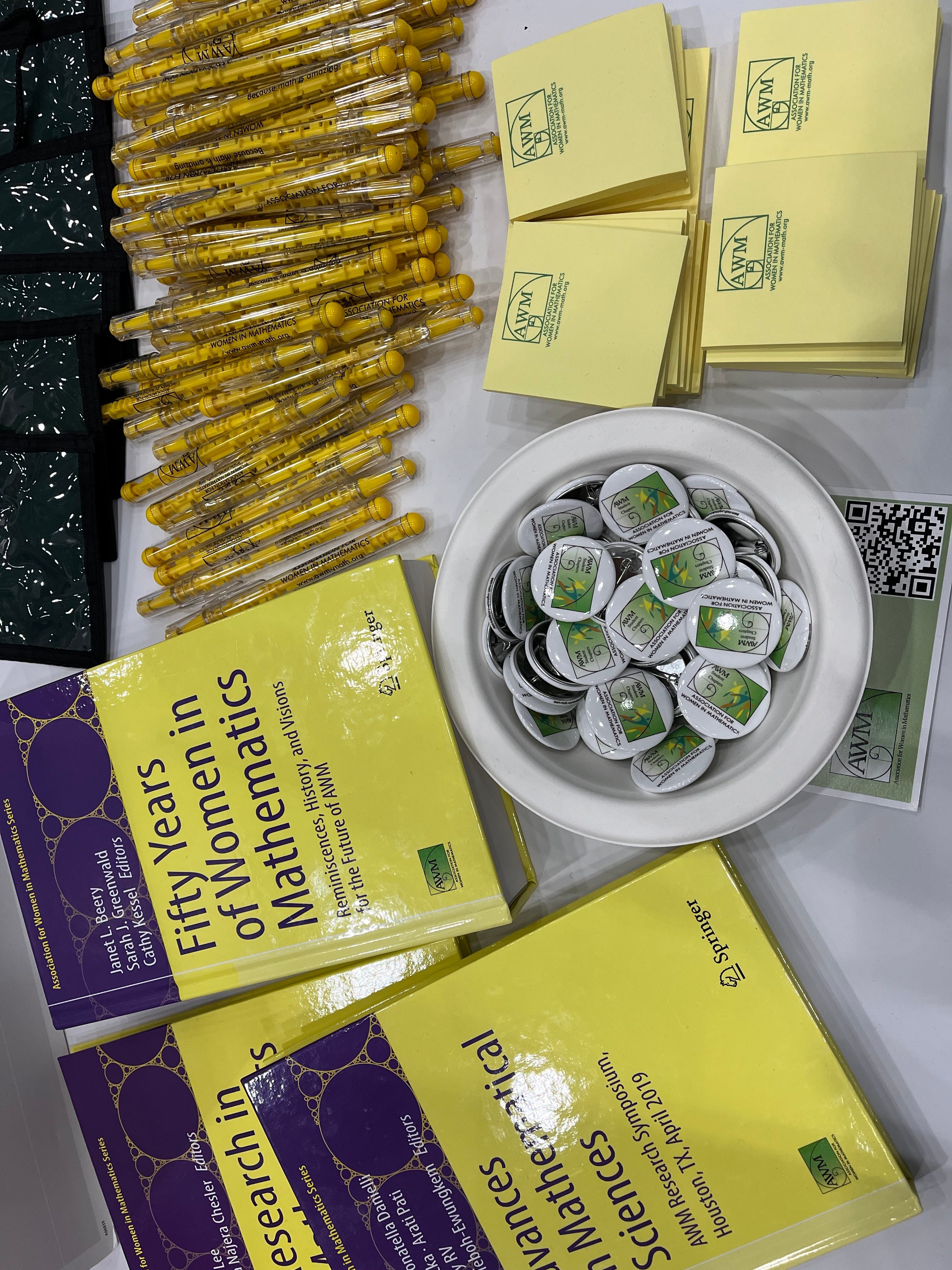 To further complicate matters amid the ongoing tensions surrounding the two largest math organizations in recent years, a new math association—the Association for Mathematical Research—formed in late 2021. Its mission “to support mathematical research and scholarship” sounds like the American Mathematical Society’s mission to “further the interests of mathematical research and scholarship.” But many mathematicians point to a notable difference between it and the two long-standing organizations.
To further complicate matters amid the ongoing tensions surrounding the two largest math organizations in recent years, a new math association—the Association for Mathematical Research—formed in late 2021. Its mission “to support mathematical research and scholarship” sounds like the American Mathematical Society’s mission to “further the interests of mathematical research and scholarship.” But many mathematicians point to a notable difference between it and the two long-standing organizations.
“All of the major math societies say something about equity in their mission statements, and this one very much does not,” the anonymous gay mathematician said. The Association for Mathematical Research was not formally present at the meetings but has previously stated that it has no position on social justice issues.
Nonetheless, many mathematicians, including those who have long worked to broaden participation in the field, descended on overcast Boston last week, donned their Joint Mathematics Meetings–branded name tags, and forged ahead after a three-year pandemic pause.
Edray Goins, professor of mathematics and statistics at Pomona College, attended and gave a math research talk. Goins had been featured in a 2019 New York Times article that highlighted discrimination he faced in a field where fewer than 1 percent of doctorates are awarded to African Americans.
“This is the right time to rethink a lot of these [professional association] relationships,” Goins told Inside Higher Ed. “I would love to see the [Mathematical Association of America] more involved with the Joint Math Meetings … but we really need to think, ‘What’s the goal of JMM?’ If the goal of JMM is to … talk about research, then so be it.”
Minerva Cordero, professor of mathematics at the University of Texas at Arlington, also attended and spoke about her journey from a large, low-income family in Puerto Rico to graduate school at the University of California, Berkeley, with financial assistance from a National Science Foundation grant.
“When I came to the United States, people looked at me because I have an accent, because I’m a woman, because I’m a Latina, and assumptions were made,” Cordero said. “That was very shocking for me.” The work of fostering inclusivity in the math community is not done, according to Cordero.
Other mathematicians who traveled to Boston to meet with friends and colleagues did not set foot in the convention center.
“I could have very easily attended the Joint Mathematics Meetings this year, but I had zero interest in doing so because I don’t feel like I belong,” said a professor of mathematics at a small liberal arts college in the Northeast who requested anonymity out of concern that she might be targeted for her views. She met with a reporter at a cafe outside of the event. This professor advocated for her math department to cancel its American Mathematical Society membership, and it agreed to do so.
Many who attended and did not attend the event were quick to point out that the Mathematical Association of America is also imperfect. By its own account, for example, it has “actively failed” Black mathematicians as a mathematics community.
Others who attended the meetings projected a mix of concern and cautious optimism about the current situation.
“I miss the [Mathematical Association of America] very much, and I think they will come back” to the Joint Mathematics Meetings someday, Ami Radunskaya, professor of mathematics at Pomona College and former president of the Association for Women in Mathematics, said.
“It’s complicated,” the gay mathematician said. “I don’t have a problem with people who go to the JMM. The [American Mathematical Society] does a lot of good. Some of my best friends are AMS leaders. Without the AMS we wouldn’t have as centralized a math community as we have. There is value in having that structured community. The problem becomes when the structured community is not welcoming to all.”
Meanwhile, the American Mathematical Society leadership projected humility.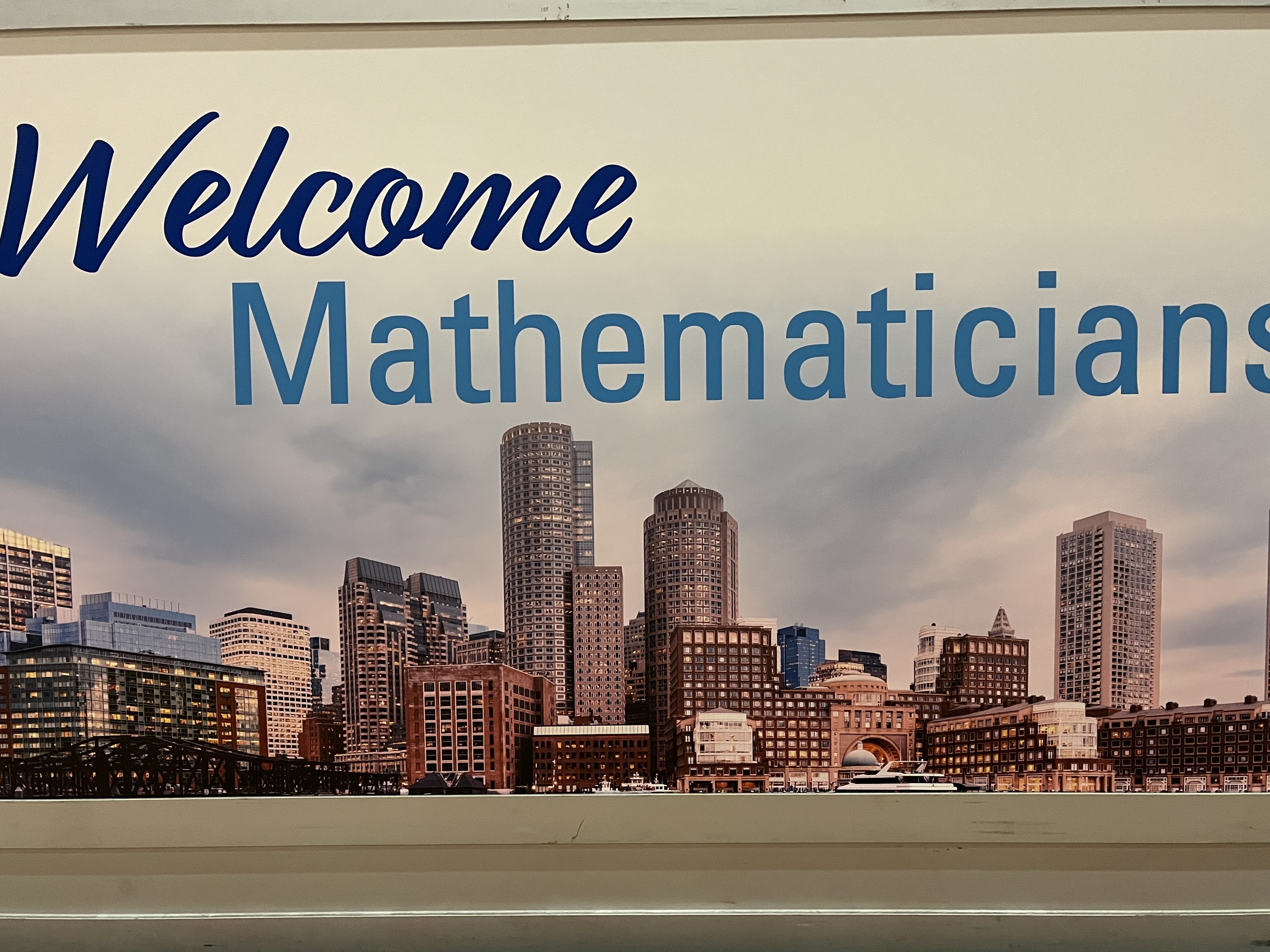
“We are aware that we are not perfect,” Catherine Roberts, executive director of the American Mathematical Society, told Inside Higher Ed. Roberts pointed to a 2021 American Mathematical Society task force report that details “the historical role of the AMS in racial discrimination and recommends actions for the AMS to take to rectify systemic inequities in the mathematics community.” The report found that the society had “missed several opportunities to improve the professional climate for mathematicians of color” and that “there is a profound lack of trust from Black mathematicians that the AMS represents them, speaks to them, hears them and includes them in its decision making,” among other findings.
Also, the report offered 10 recommendations, on which Roberts said the society is working, including recently hiring a director of diversity, equity and inclusion.
“We hope these moves will help us do better,” Roberts said as thousands of mathematicians in attendance at the event passed by on their way to the next round of research talks, committee meetings, job interviews, social activities and impromptu hallway conversations about the mathematics community. “We expect that they will.”








